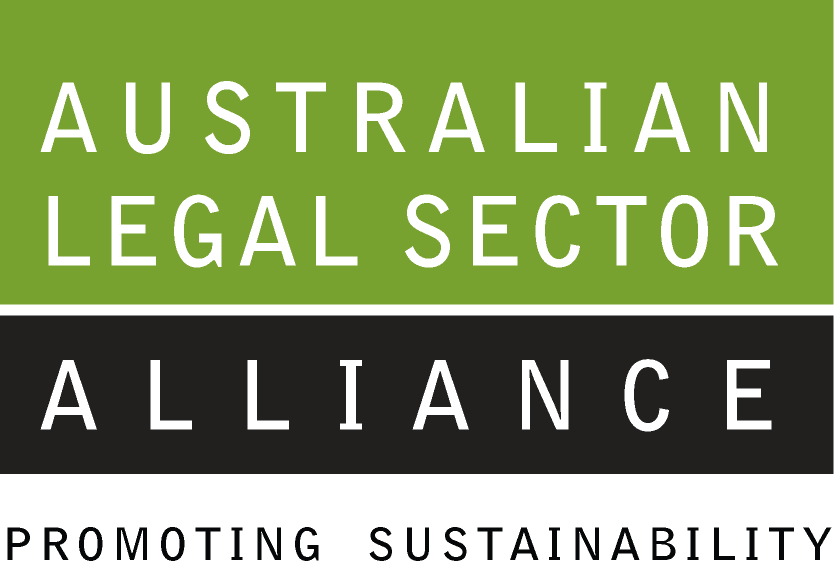Menu
Log in
Working collaboratively to promote sustainable practice across the legal sector
Procurement
© 2018 | Australian Legal Sector Alliance Limited | ABN 84 149 507 577 | 8 Exhibition Street Melbourne VIC 3000 | T: 0407 676 575
Powered by Wild Apricot Membership Software
